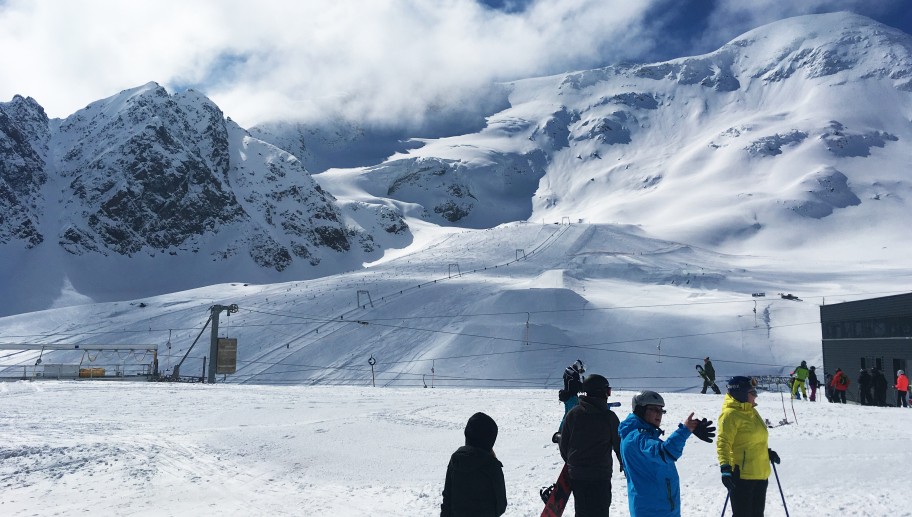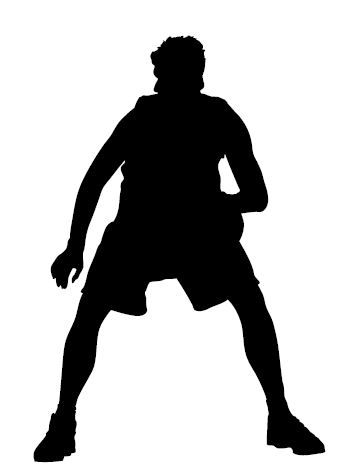

Named after Norwegian snowboarder Terje Haakonsen.Īn icy, sloped, U-shaped course. At the lip of the halfpipe the rider flips backwards into the pipe and rotates 720 degrees, landing forward down in the pipe. Judges may reward riders for performing a variety of different grabs during their run.Īn inverted aerial where the rider approaches the frontside wall of the halfpipe while riding switch.

Common types of grabs include mute, indy, nose, tail and Japan. There are many different types of grabs, and they are based on which part of the board is being grabbed, which hand is grabbing, how the grab is being done, etc. This exhibits control over the trick, which judges want to see, and adds to a rider’s personal style. The way a rider grabs and holds their snowboard with their hand(s) during a trick. If a snowboarder rides straight down the halfpipe, this is the side of the halfpipe that would be in front of the rider.Ī part of a trick where a rider jumps over some part of the rail and either touches the rail on the end or lands on another rail.Ī stance in which the snowboarder naturally rides with their right foot forward. After the first 90 degrees of the spin, the rider will be facing downhill. In slopestyle, the rider approaches the rail feature while facing toward it, typically using their toes to jump onto the rail.Ī type of spin. The area in the halfpipe between the two walls.Īny air performed on the frontside wall of a halfpipe. Grabbing the snowboard with both hands simultaneously on an aerial maneuver.Ī snowboard stance where the toes point outward on both bindings. Performing two separate grabs on one aerial maneuver. When evaluating a run, judges want to see riders execute tricks in as many different directions as possible. They refer to: A) whether the athlete is riding in forward or switch stance, and B) whether the athlete starts the trick by spinning frontside or backside. There are four different spin directions in snowboarding: frontside, backside, switch frontside (also known as “cab”) and switch backside. In halfpipe competition, a backflip done on the frontside wall. A third invert makes it a triple cork, and so on. If a riders inverts twice, the trick becomes a double cork. Also, the wrist is rotated inward to complete the grab.Īn off-axis rotation. The rear hand reaches between the legs and grabs the heel edge between the bindings while the front leg is boned. Riders can slide over the cannon rail, then when coming off of it, will have more air time than usual rail features allow.
/GettyImages-200432814-001-57c4cc6d3df78cc16ef2f95e.jpg)
In slopestyle competition, a rail or a box extending off a jump at an upward angle. Sometimes referred to as a “money booter.”Ī frontside rotation while riding switch.

Tapping an object with the snowboard while in the air.Īnother term for a slopestyle jump. “Boning out” a leg while grabbing the snowboard can add style to the trick. To straighten out one or both legs during a trick. Secure the rider’s feet to the snowboard.Īny rotation where the snowboarder has oriented themselves “blind” to their takeoff or landing and must stretch to look over their shoulder. Often increases the difficulty of a trick. If a snowboarder rides straight down the halfpipe, this is the side of the halfpipe that would be behind the rider. After the first 90 degrees of the spin, the rider will be facing uphill, with their back pointed downhill. In slopestyle, the rider approaches the rail feature while facing away from it, typically using their heels to jump onto the rail.Ī type of spin. Any air performed on the backside wall of a halfpipe.


 0 kommentar(er)
0 kommentar(er)
